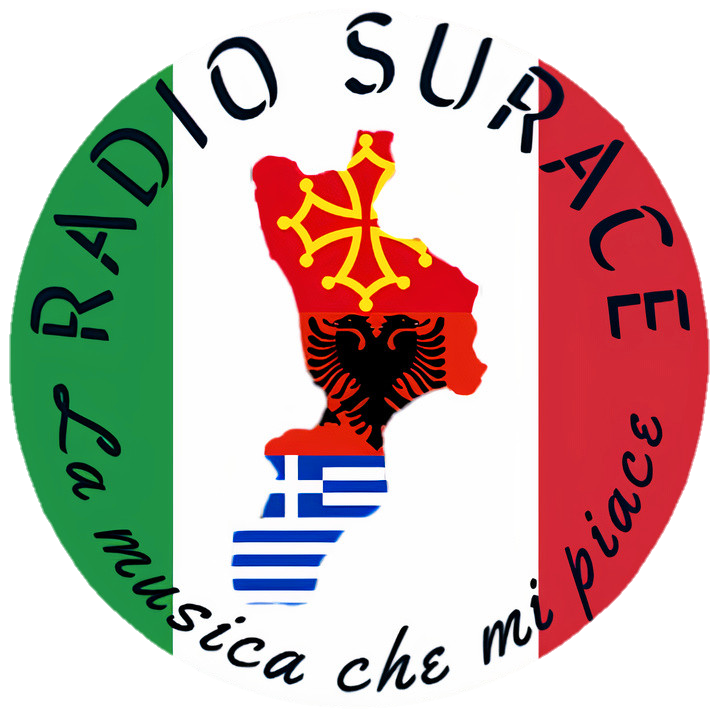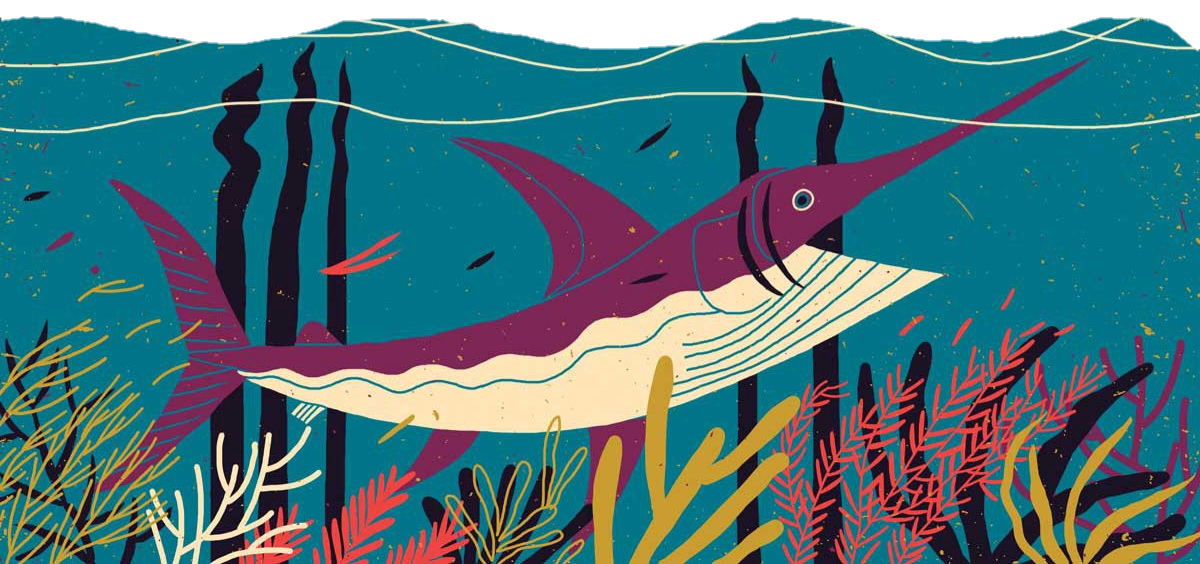Greek Calabria
The first Greeks settled in southern Calabria from 740 AC to form the Magna Graecia (Greater Greece) due to the increasing popolation in Greece and political rivalry. The most important cities were Kroton, Reghion, Kaulon, Sybaris and Locri Epizefiri. Kroton was the most famous as it hosted many scientists and philosophers including Pythagoras, Philolaus, Alcmeon or Democedes. Kroton also had an extraordinary military organization, and it housed the most famous fighter and boxer of antiquity, still universally referred to today as a symbol of strength, Milone.
He won the Olympics five consecutive times starting in 532 AC and many other awards throughout his life. If it is true that no one (except a woman) ever managed to make him open his fist, it hits the end of him. A death as mythical as the character: Milone wanting to cut down a tree with his bare hands, remained with his fingers imprisoned in the trunk and ended up devoured by the beasts. With the passage of time, there have been other settlements of the Byzantines until 1060. The Greek area of Calabria also had to undergo various raids by Visigoths and especially Arabs, where the most violent and disastrous assault was in the year 953 when the ‘Emir of Sicily Ahmad ibn al-Hasan ordered that the city of Bova be attacked and destroyed. Many inhabitants of Bova were put into chains and sent to Africa, others killed and only a few escaped. The Calabrian Greek has survived for so long despite many difficulties!
Gerhard Rohlfs, the archaeologist of words
 Gerhard Rohlfs was a German philologist, glottologist and dialectologist who visited 365 countries in Calabria. During the First World War, Rohlfs was able to hear the Grecanic spoken in a prison camp by some young people. At first he thought they were Greeks, he discovered instead that they came from Bovesía (the grecanic area in Calabria). In Rohlfs’ time, scholars such as Franco Mosino believed that the language survived from the Byzantine period. Instead, Rohlfs’ studies believed that it was a direct and uninterrupted transmission with the Magna Graecia civilization, given the resemblance of the Doric dialect. During his stay in the Greek-speaking area, he took many photos describing the daily life of the Grecanics. It is said that he translated the speeches of different dialects of Calabria, everyone called him “U Tedescu”. He wrote the dictionary of Calabrian dialect and in 2016 the museum of the Calabrian Greek language opened in Bova dedicated to him, you can find out more on their website here.
Gerhard Rohlfs was a German philologist, glottologist and dialectologist who visited 365 countries in Calabria. During the First World War, Rohlfs was able to hear the Grecanic spoken in a prison camp by some young people. At first he thought they were Greeks, he discovered instead that they came from Bovesía (the grecanic area in Calabria). In Rohlfs’ time, scholars such as Franco Mosino believed that the language survived from the Byzantine period. Instead, Rohlfs’ studies believed that it was a direct and uninterrupted transmission with the Magna Graecia civilization, given the resemblance of the Doric dialect. During his stay in the Greek-speaking area, he took many photos describing the daily life of the Grecanics. It is said that he translated the speeches of different dialects of Calabria, everyone called him “U Tedescu”. He wrote the dictionary of Calabrian dialect and in 2016 the museum of the Calabrian Greek language opened in Bova dedicated to him, you can find out more on their website here.
Traditions
During Palm Sunday, in Bova the inhabitants bring with them the Pupazze or Persephone, made with olive branches, leaves and fruits of seasonal plants collected nearby. The Persephone are in the shape of a woman symbolizing the wealth of the earth and mother nature. The custom, with evident pagan roots today coexists with the Catholic church, are blessed by the parish priest of the local church of Saint Leo and then all the fruits are distributed to all present. This symbolizes attachment to the earth, its fruits and its riches that are not the property of anyone but which must be shared.
Filoxenìa is love for the stranger. It is the sacred value of hospitality, the fundamental ethical principle of Greek culture, essential to distinguish the right man from the iniquitous one. Ulysses said (in Odyssey 6, 119-121) “Dear me, the land of which men have I arrived? Are they violent, savage and without justice, or are they hospitable and have the respect of the Gods in their minds? ”. Greek Calabria is hospitable to everyone, travelers such as Edward Lear, Maurits Escher or Gerhard Rohlfs noticed it and have written about this hospitality.
Typical products
Musulupa is a fresh, salt-free cheese that can only be found in the Grecanic area of Calabria. It is eaten during Easter typically cooked in a rich omelette with eggs and sausages and then all fried in oil or lard. The shape of the Musulupa is obtained from the mold called Musulupara, usually carved in mulberry wood. They depict a female figure to symbolize fertility, in fact sometimes the Musulupe are hung on the persephone during Palm Sunday.

the lestopitta “from Mimmo” in Bova, with: peperonata, parmiggiana, pecorino, olives and capicollo, called “Atomic”
The Lestopitta (Lesto means fast) is a fried focaccia made with water and wheat flour, discover the processing in the video below.
The pitta ‘rrustuta, on the other hand, is closer to bread and pizza. The dough, once risen, is modeled in the shape of a disc but not as thin as the lestopitta. Then it is put to cook on a stone made incandescent by the wood fire lit below. The pitta ‘rrustuta is what the peasants ate since they could not bring all the equipment for the lestopitta.
Music
Music in the grecanic area is very important and is part of the daily life, in fact it’s full of instruments, some which are also known in the Calabrian traditional music. Today there are many artists and bands that sing in grecanic to pass on the language, and to bring back the ancient sounds that haven’t been heard often.

Sulàvria – double flute


The Sulávria are linked to the pastoral life as they are very easy to transport and were also used as a didactic tool before using the bagpipes. They are made of cane with precise seasoning and processing characteristics.
Sulavróta
 The Sulavróta is a harmonic flute made from the bark of the suckers of the chestnut tree, which in the spring season are cut from the mother plant, from which it is possible to unscrew them and engrave the wedge (as you can see in the video). The sulavróta has no digital holes, the only melodic action is determined by the breath and the finger that opens and closes at the end of the cortex. It is an ephemeral musical instrument, as it lasts only a few days from the moment of its realization due to the drying of the wood. In Calabria it has various names such as Frauta, Zumbettana or Frischiottu.
The Sulavróta is a harmonic flute made from the bark of the suckers of the chestnut tree, which in the spring season are cut from the mother plant, from which it is possible to unscrew them and engrave the wedge (as you can see in the video). The sulavróta has no digital holes, the only melodic action is determined by the breath and the finger that opens and closes at the end of the cortex. It is an ephemeral musical instrument, as it lasts only a few days from the moment of its realization due to the drying of the wood. In Calabria it has various names such as Frauta, Zumbettana or Frischiottu.
I Ceramedde – bagpipes


It is the main instrument of Greek-Aspromonte music. The old cerameddhe players claimed that before learning to play them well, one had to practice for a long time with the sulàvria. In the Grecanic area there are two types: the ceramedde a paru (it has 2 identical singing reeds) and the modern ceramedde (with the singing reeds of different lengths), more similar to the key bagpipe typical of the northern part of Reggio and of the Catanzaro area. Find out how a Ceramedde in paru is built by clicking here
The Calabrian Lira

The Lira has Byzantine origins and is played alone or accompanied by the tambourine, by the frischiotti or the bagpipe. It is also used for the Calabrian tarantella. The lira is built with different woods, often it is olive from the Ionian area, but also cherry, walnut, elder or poplar.
Arganettu e Tambureddhu – accordion and tambourine


In the past the tambourine was built using the circle of a sieve, where windows were opened for the subdivision of the cymbals. The skin that is applied today is that of goat, but in the past the players preferred the skin of the cat or even dog.
The accordion, on the other hand, arrived in the early 1900s, and has almost completely replaced the ceramedde or bagpipe since it is much easier to carry and does not need to be tuned. In the Grecanic area they play the two bass accordion.
Songs
The anthem of the Grecanic area in Calabria is called Ela, elamu condá – come, come close to me, a song taken from the poem written by Angelo Maesano from Roghudi.
Ciccio Nucera and CUMELCA:
Francesco Nucera, more known as Ciccio Nucera “the king of the tambourine” comes from Gallicianó, the only village where they still speak Grecanic in the daily life. In Gallicianó music is handed down through new generations, the elderly made each child choose an instrument to get them involved with music, but also not to lose traditions. Ciccio Nucera played the tambourine perfectly since the age of 2, his father said that instead of the pacifier he gave him the tambourine!
CUM.EL.CA or Cumunia Ellenofonos Calavria promote Grecanic music. Thanks to music, they toured around the world, especially in Greece to make the Calabrian Greek world known.
 Radio Surace
Radio Surace 



















